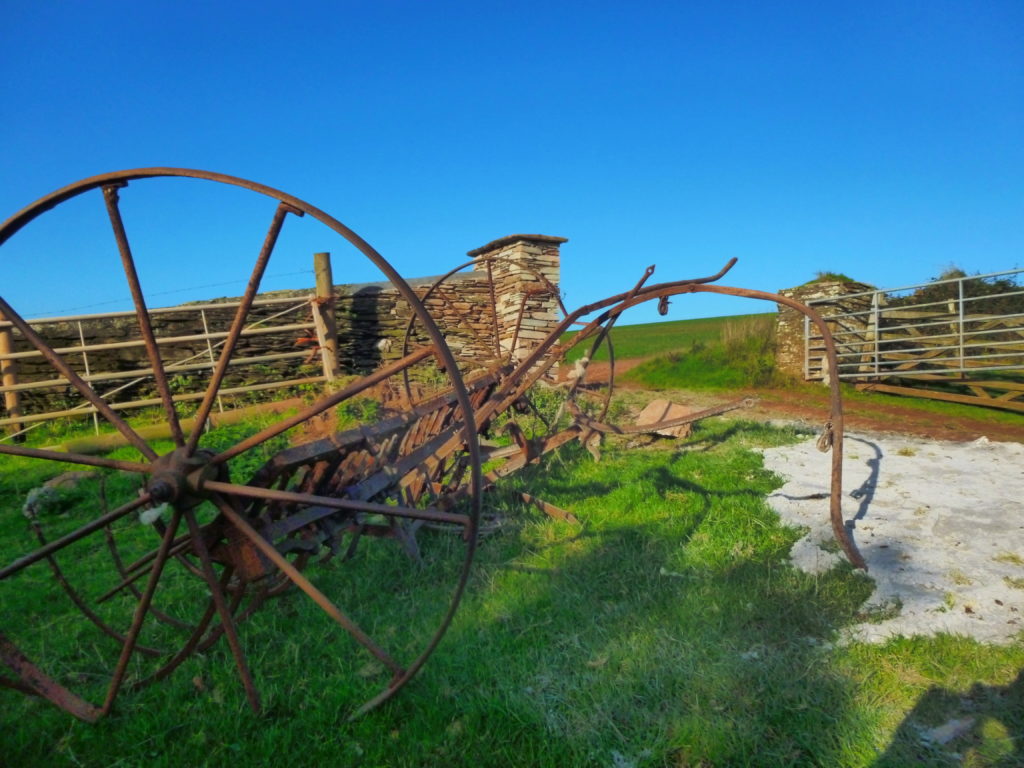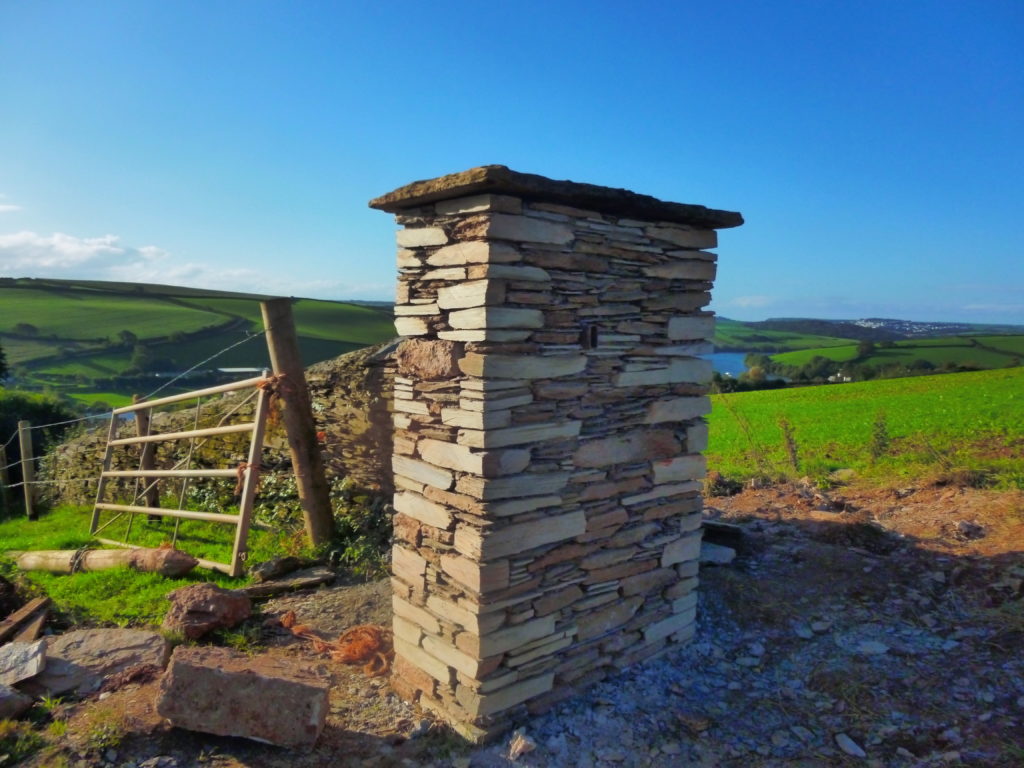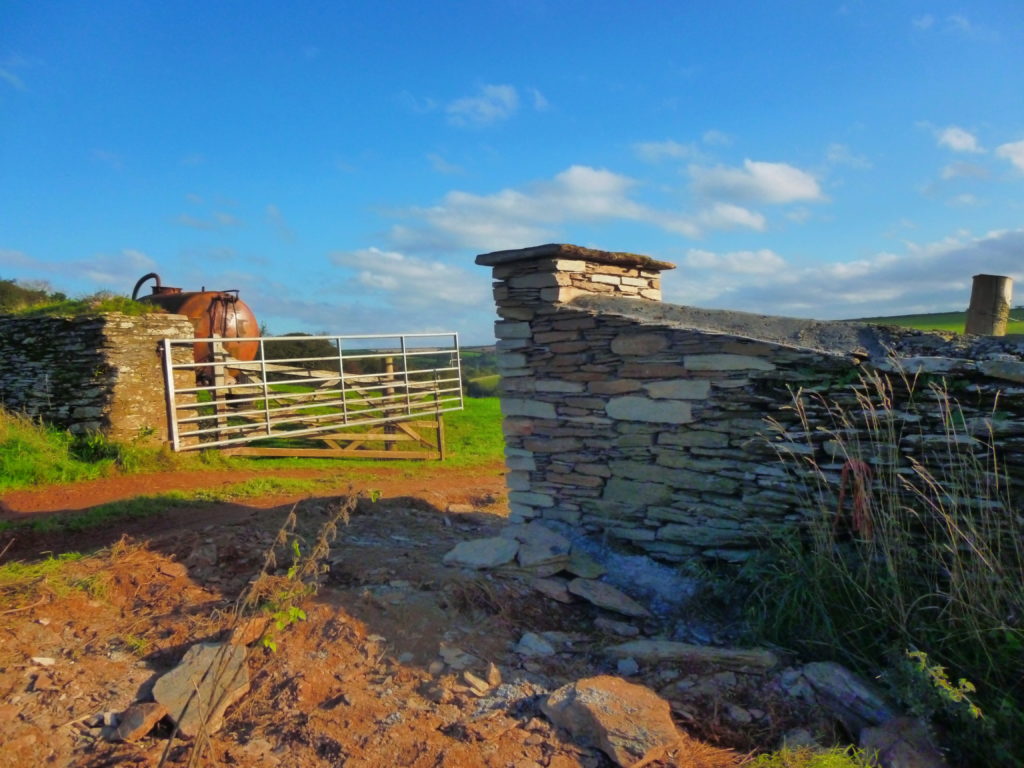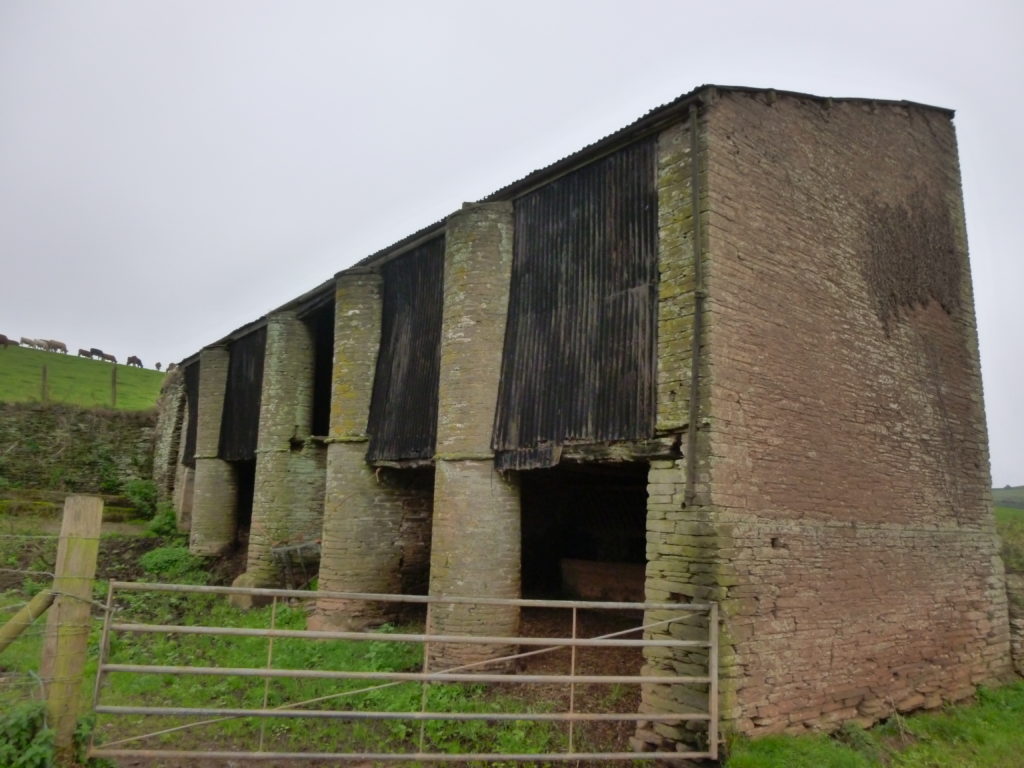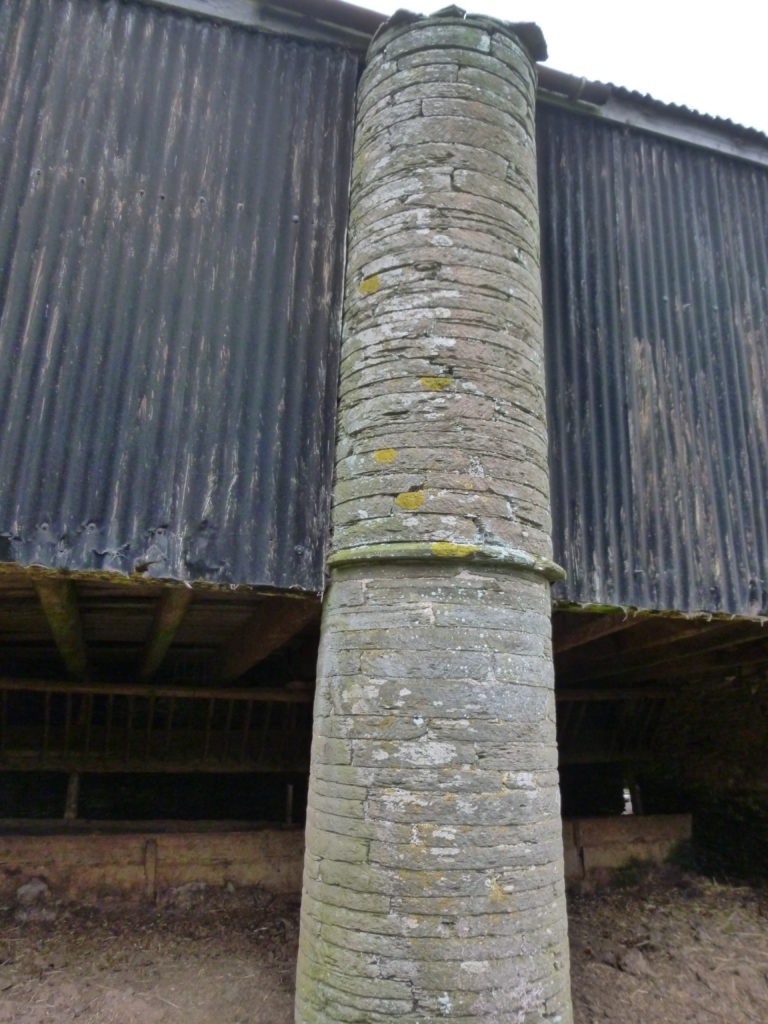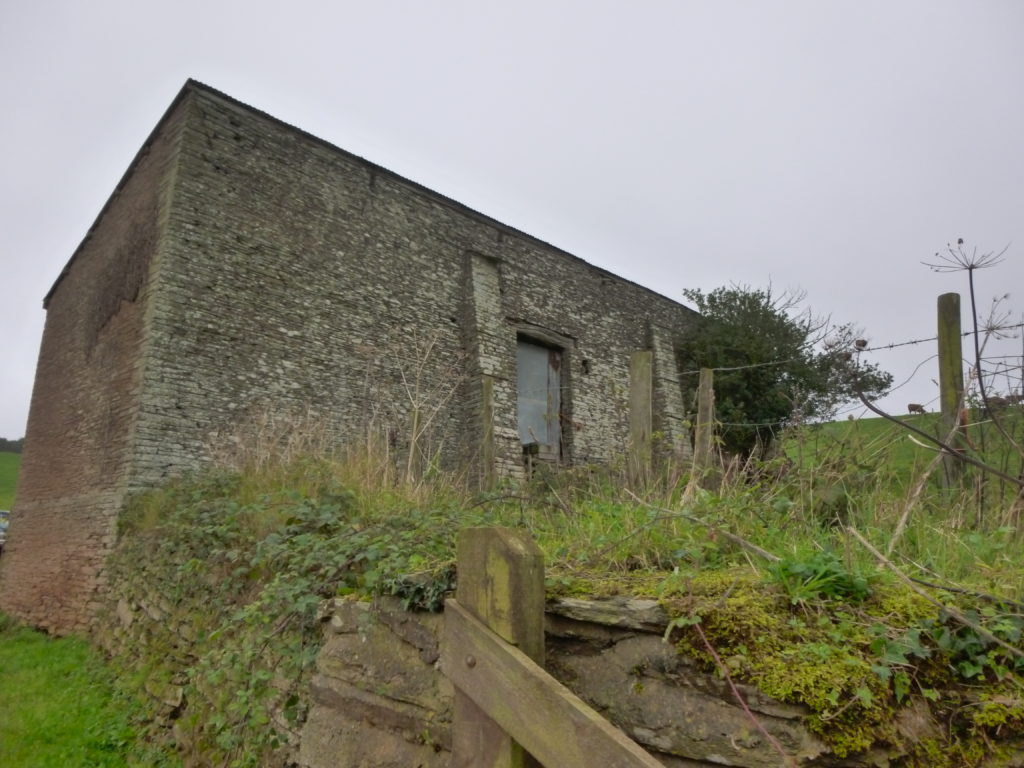SOUTH DEVON COUNTRYSIDE.
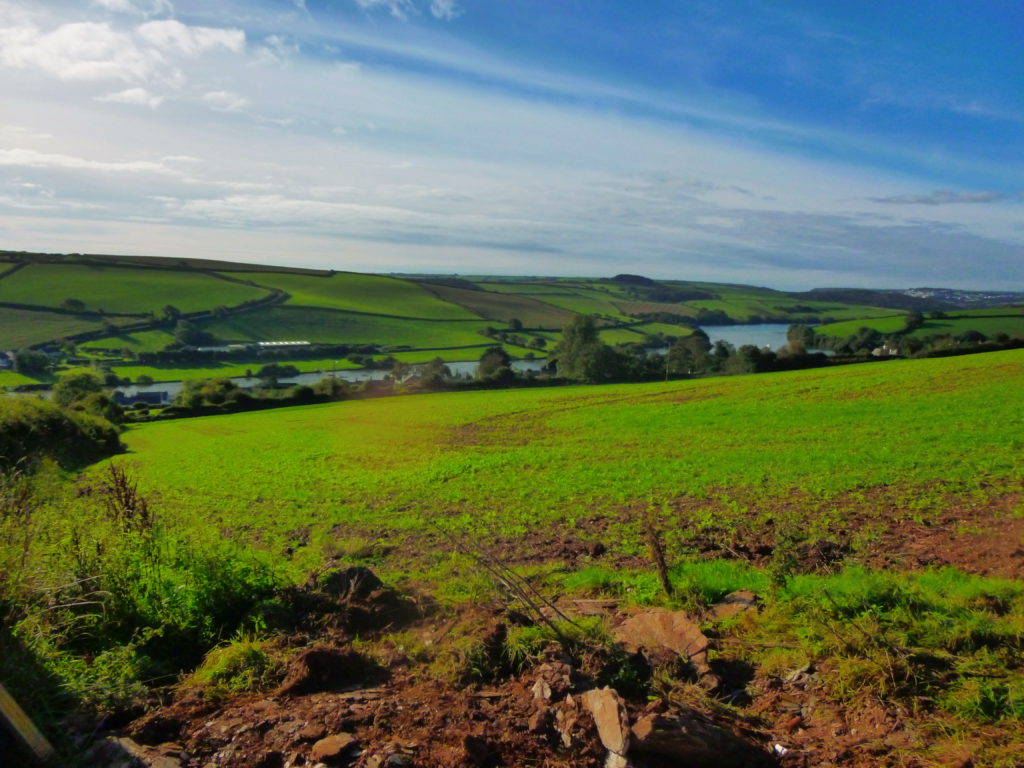
We’ve been in the fields out at Sherford this week admiring the stunning views overlooking the Frogmore estuary. With little more than a pile of stone, a few sheep and some cattle to keep us company, we have been repairing the drystone walls that criss-cross the land. Originally, openings in field walls were probably about 6 feet wide, just enough to let a horse and cart pass through them. These days with the size of the modern farm machinery now required to tend the land these openings are no longer wide enough, and that is what we’ve been doing, making these openings wider to allow better access into these fields. Once the old opening has been made wider, the end of one side of the wall is then rebuilt using the existing stone to suit the new gates which are 15 feet in width.
This is one of three openings we have completed this week. So hopefully we won’t have to come back for a while, until that is they get bigger machines!



